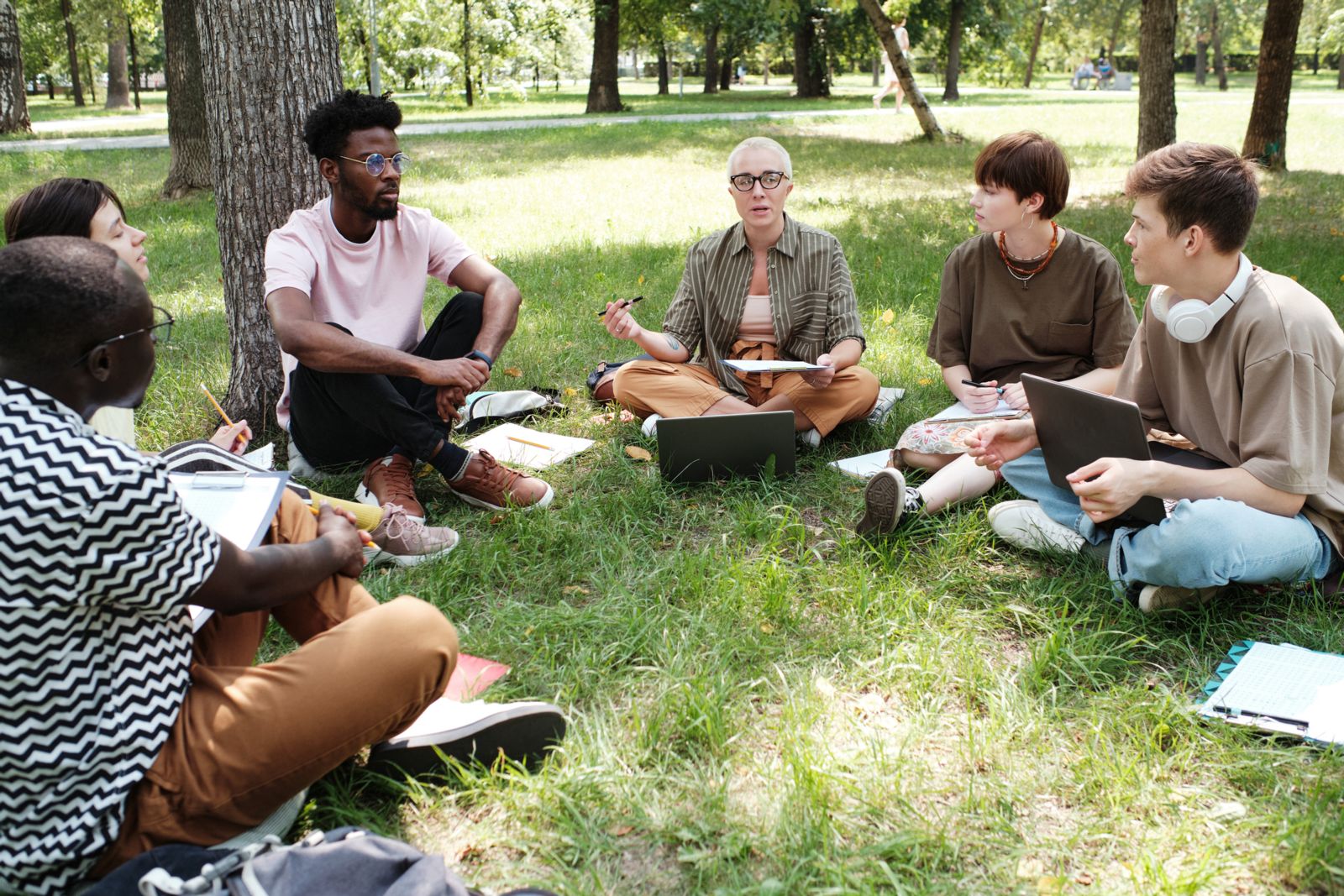Teaching human rights today is a very different proposition from what it once was. The publication of an online open-access textbook provides an opportunity to respond to some of the many challenges involved in capturing the complexity and diversity of an ever-changing field.
To begin with, the very notion of “teaching” needs to be qualified to accommodate the dialogical nature of the enterprise. For a number of reasons, it is increasingly recognized that discussions about human rights need to be far more conversational than didactic in nature. First, even those who specialize in the formal legal doctrine of human rights need to acknowledge the scope for contestability of many of the basic concepts and the process of constant redefinition that is a necessary feature of the human rights landscape of the twenty-first century.
Second, the importance of engaging with different cultural and philosophical perspectives is now more apparent than ever. Third, and closely linked, is the need to respond to the powerful arguments that portray human rights as being essentially a tool of recolonization or imperial domination.
Fourth, there is a renewed awareness of the extremely one-sided neoliberal assumptions that underpin so many approaches to human rights and the need to both acknowledge and address these dimensions. Fifth, it is essential to respond to the backlash against rights and the concerted challenges from authoritarian regimes, which sometimes seek not to destroy but to reshape the interpretation of rights in their own ideological image. These responses will often be more effective when based on engagement rather than mere refutation: while backlash is often driven by deep disagreements, there will often be elements of the relevant critique that can be the subject of productive dialogue.
Beyond the need to reflect the complexity and contestability of rights, it is important to understand them in their broader context. The role of cultural traditions and religious beliefs is clear, but in order to understand more fully how these relate to rights, it is necessary to engage with anthropological, sociological, philosophical, and other perspectives. Invoking legal doctrine alone is patently inadequate. This means that a textbook must be interdisciplinary in nature and can no longer adhere to the traditional approach reflected in many so-called “casebooks,” which tend to convey the challenges involved in human rights primarily or even almost exclusively by discussing legal judgments (cases) by prominent courts. This need to go beyond legal sources applies despite the fact that—in many respects—the judgments of courts in countries like Colombia, India, and South Africa are every bit as pertinent as those of courts in the Global North or those of the regional human rights courts in Africa, the Americas, or Europe. For all of their importance and their obvious relevance to those studying human rights law, the reality is that courts are increasingly less important than a range of other institutional actors.
The changing nature of the “human rights ecosystem,” to use César Rodríguez-Garavito’s term, also means that a strong, diverse, and representative human rights movement will be composed of a wide range of social movements, many of which will have limited—if any—use for legal norms and formal institutions. Teaching materials thus need to range well beyond the outputs of these bodies and reflect the much more complex and sophisticated emerging realities.
The 2024 edition of a human rights textbook might retain a more or less traditional structure, but it will—of necessity—contain very different materials than those that were appropriate even a decade earlier. In addition to a greater emphasis on diversity in terms of authors, perspectives, and institutions, various issues have become ever more important, such as climate change, the impact of new information technologies like artificial intelligence, political economy factors, inequality, and the growing privatization of large parts of the economy and instruments for social ordering. It is also important to reflect the ever-growing critical literature coming from left and right as well as positions not captured by that simple binary, along with the intensified debates over sexual and reproductive rights; the struggle to vindicate LGBTQI+ rights, particularly in the face of attacks on what is characterized as “gender ideology”; and the increased use of national security justifications for declaring emergencies and pursuing expansive definitions of terrorism.
Finally, in a world dominated by technology and in which traditional books are increasingly inadequate, the need to adapt is self-evident. Materials need to be up to date to reflect the rapidly changing context in which the study and practice of human rights is occurring. They need to be accessible to a much wider audience than those in established and well-resourced universities and colleges. They need to cater not just to students and academics but also to practitioners, activists, advocates, officials, and a wide range of other potential users. And they need to be affordable.
Traditional publishers have long acted as indispensable gatekeepers but have recently moved rapidly to embrace publishing models that result in very high user fees or book prices and require large subsidies in order to underpin online open-access facilities. Academic journals have been described as “lucrative scams” operating in the interests of publishers that often make huge profits. The result is that textbooks, books, journals, and other teaching materials fall out of reach of many potential readers. The excellent 864-page textbook that I used to teach international law at NYU in 2024 sells for a “mere” $345.
This new textbook is hopefully only the first of many such genuinely open-access initiatives that will follow a model aiming to eliminate barriers to access, enable regular updating, offer flexibility for all users, and be more responsive to changing approaches and developments.

